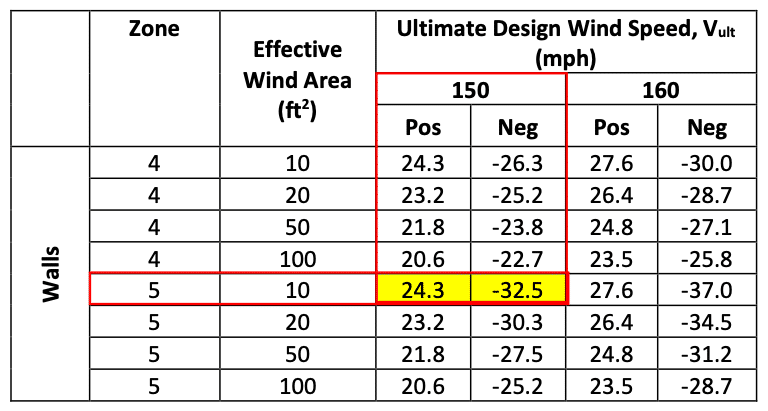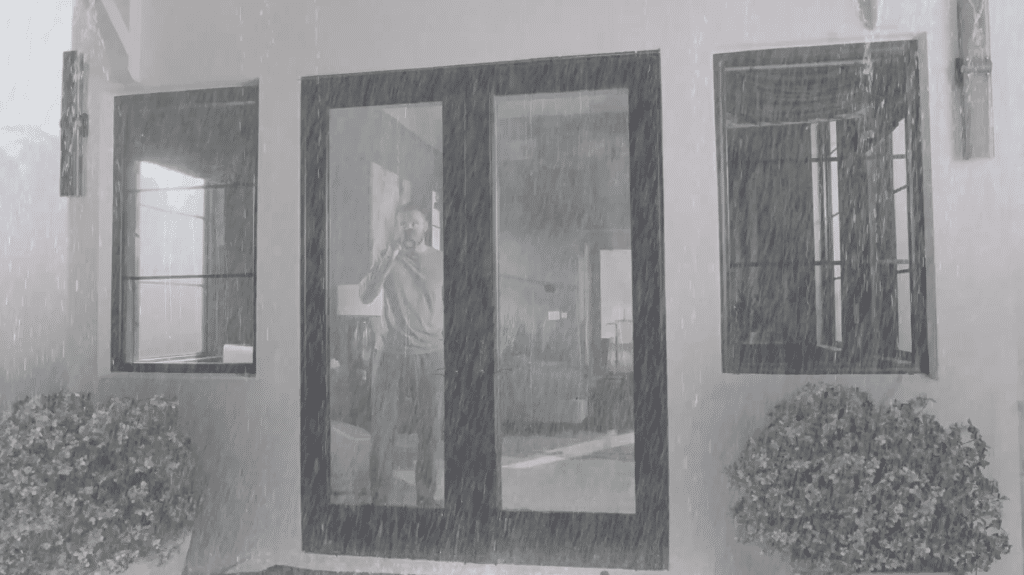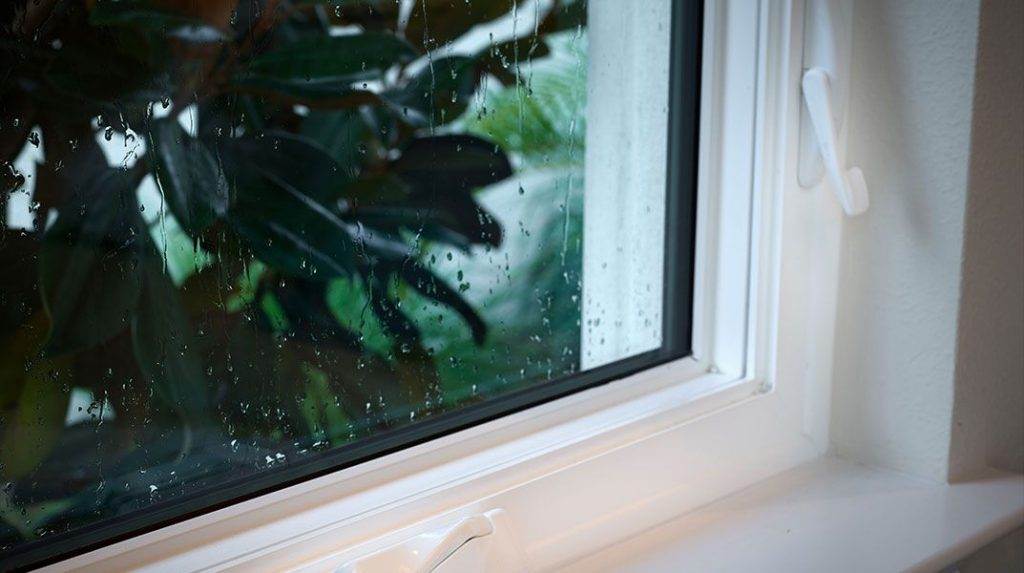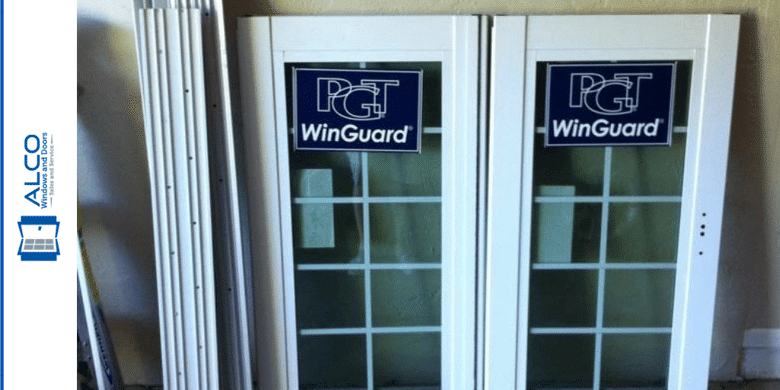Picture this: a raging storm with hurricane-force winds, whirling debris, and the relentless pounding of heavy rain against your windows. Now imagine that behind those windows lies a haven of safety and protection, shielding you from the chaos outside. This is the power of high impact windows. Engineered to withstand the most extreme weather conditions, these windows are designed to excel where regular windows fail. But just how much wind can these fortified barriers withstand? Let’s find out.
Wind Load Testing
When it comes to determining the wind resistance of windows and doors, various testing methods are used to ensure their structural integrity and safety. Wind load testing is one such method that helps evaluate the performance of these products under different wind conditions. In the United States, wind load testing is conducted according to standards set by the American Society for Testing and Materials (ASTM). The ASTM E330, E1886, and E1996 are a few of the key standards used for evaluating the wind resistance of windows and doors.
ASTM E330
ASTM E330 is a standard test method that evaluates the structural performance of windows, curtain walls, and doors subjected to static air pressure difference. It helps determine the ability of these products to withstand wind forces, such as those experienced during severe storms or hurricanes. This test involves exposing the windows and doors to different pressure levels and measuring their deflection and structural integrity.
ASTM E1886
ASTM E1886 is another important standard used for evaluating the impact resistance of windows and doors in the face of windborne debris. During severe storms, high winds can cause objects to become airborne, posing a significant risk to building occupants and their property. This test method involves launching specified projectiles at windows and doors to simulate the impact of windborne debris. It assesses the level of damage sustained by these products and their ability to remain intact and functional.
ASTM E1996
ASTM E1996 is a standard that provides the guidelines for the design, construction, and installation of exterior windows, doors, and impact-protective systems. It specifies the performance requirements necessary to resist the wind loads and debris impact experienced during severe weather events, such as hurricanes. The standard accounts for factors such as building location, design wind speed, glass design, and frame materials to ensure the soundness of the window and door systems.
Factors Affecting Wind Resistance
Several factors contribute to the wind resistance of windows and doors, ultimately determining their ability to withstand high winds and potential impact from windborne debris. Design and construction play a crucial role in ensuring the structural integrity and performance of these products.
Glass Thickness
Glass thickness is an important consideration when it comes to wind resistance. Thicker glass is generally more resistant to breakage and can provide better protection against windborne debris. Laminated glass, which consists of two or more layers of glass with an interlayer of polyvinyl butyral (PVB), is often used in high impact windows. This type of glass is designed to remain intact even when struck by high-speed debris, preventing damage to property and reducing the risk of injuries.
Frame Material
The material used for the window or door frame also affects its wind resistance. Common frame materials include aluminum, vinyl, and wood. Aluminum frames are known for their strength and durability, making them a popular choice for high wind areas. Vinyl frames, on the other hand, offer excellent thermal insulation properties and are less prone to corrosion. Wood frames can be more susceptible to damage from moisture and termites, but with proper maintenance and treatment, they can still provide adequate wind resistance.

This image is property of brennancorp.com.
Maximum Wind Speed Ratings
Understanding the maximum wind speed ratings of windows and doors is crucial for selecting the right products for a particular location. The American Architectural Manufacturers Association (AAMA) provides voluntary standards that classify windows and doors based on their ability to withstand high wind speeds.
Hurricane Impact Rated Windows
Hurricane impact rated windows, also known as impact-resistant windows, are designed to withstand extreme wind conditions and potential impact from windborne debris. These windows are specifically engineered and tested to meet stringent performance criteria. Depending on the location and local building codes, hurricane impact-rated windows may be required to withstand wind speeds of up to 150 miles per hour or more.
Non-Impact Windows
Non-impact windows, while not specifically designed to resist windborne debris, still undergo a separate set of tests to determine their wind resistance capabilities. These windows are evaluated based on their ability to withstand certain design wind pressures without catastrophic failure. The design wind pressure is a measure of the force exerted by the wind on a building based on its location and other factors. Non-impact windows are typically classified into different performance classes based on their maximum design wind pressures.
Windborne Debris Resistance
One of the most significant risks during severe storms or hurricanes is the presence of windborne debris. High-speed winds can propel various objects, such as branches, roof tiles, or even small projectiles, capable of causing substantial damage to windows and doors. Windborne debris resistance testing is conducted to assess the ability of windows and doors to withstand impact from such debris.
Large Missile Impact Testing
ASTM E1996 specifies large missile impact testing, which simulates the impact of larger debris such as 2×4 wooden studs. Windows or doors subjected to this test are struck at specific locations and must demonstrate their ability to resist penetration, displacement, or detachment from their frame. By passing this test, the products prove their toughness and resistance to high-velocity impacts, ensuring the safety of building occupants.
Small Missile Impact Testing
In addition to large missile impact testing, ASTM E1886 establishes a method for small missile impact testing. Smaller projectiles, often shot from air cannons, are launched at the windows or doors at specified velocities and angles to mimic the impact of smaller windborne debris. The products are evaluated based on their ability to resist penetration and maintain their structural integrity.

This image is property of oceanimpactwindows.com.
Installation Guidelines
Proper installation is crucial for achieving the desired wind resistance performance of windows and doors. Following the manufacturer’s installation guidelines is essential to ensure the structural integrity of the products and maintain their resistance to high winds and potential impact.
Proper Anchoring
Securely anchoring windows and doors to the building structure is vital to withstand the forces exerted by high winds. This involves using appropriate fasteners, such as screws, bolts, or anchors, and following the recommended spacing and placement guidelines. Properly anchored windows and doors can effectively resist the pull-out forces induced by wind pressure, minimizing the risk of failure during severe weather events.
Sealant Application
Proper application of sealant is necessary to ensure a weathertight and secure installation. Adequate sealing around the perimeter of the window or door frame helps prevent air and water infiltration, enhancing energy efficiency and protecting against potential damage caused by wind-driven rain. Following the manufacturer’s instructions regarding the type of sealant, application method, and curing time is crucial for achieving a watertight seal and maintaining the wind resistance properties of the installed products.
Warranty for Wind Damage
In the event of wind damage to windows and doors, warranties can provide essential coverage for repair or replacement costs. Understanding the warranty terms and conditions is important when selecting high impact windows and doors, as it can provide peace of mind and assurance of product quality.
Manufacturer’s Warranty
Most reputable window and door manufacturers offer warranties that cover various aspects of their products, including wind resistance. These warranties typically provide coverage against defects in materials or workmanship and may also include provisions for wind damage. It is essential to thoroughly review the manufacturer’s warranty to understand what is covered, for how long, and under what circumstances. Some warranties may require proper installation and regular maintenance to remain valid.
Insurance Coverage
In addition to manufacturer’s warranties, insurance coverage can provide further protection against wind damage to windows and doors. Homeowner’s insurance policies often include provisions for windstorm damage, which may cover the cost of repairs or replacement in the event of a covered loss. It is important to consult with insurance providers to understand the coverage limits and any specific requirements for wind-resistant products.

This image is property of cgiwindows.com.
Impact Door and Window Systems
In areas prone to severe storms or hurricanes, impact door and window systems provide an additional layer of protection against high winds and windborne debris. These specialized systems are designed to withstand both wind loads and potential impact, offering enhanced safety and security.
Combined Wind and Impact Resistance
Impact door and window systems are engineered to resist both wind forces and the impact of windborne debris. They are tested to meet the requirements of both ASTM E330 for static air pressure difference and ASTM E1886 for missile impact resistance. By incorporating features such as laminated glass, reinforced frames, and structural enhancements, these systems can offer superior performance and protection during severe weather events.
Testing Standards
ASTM E1996 provides the testing standards for impact door and window systems, ensuring they meet the necessary performance requirements. These standards specify the test methods, performance levels, and acceptance criteria for evaluating the resistance of these systems to wind loads and debris impact. By adhering to these standards, manufacturers can guarantee the reliability and effectiveness of their impact products.
Documenting Compliance
To ensure compliance with wind resistance standards and local building codes, proper documentation is necessary. This documentation helps verify that the installed windows and doors meet the required performance levels.
Uniform Window Labeling Program
The Uniform Window Labeling Program (UWLP) provides standardized labeling for windows and doors, indicating their performance ratings and compliance with various standards, including wind resistance. This labeling ensures transparency and allows consumers, architects, and building officials to easily identify products that meet the necessary requirements. The UWLP labels typically display information such as the manufacturer’s name, product performance class, design pressure rating, and impact resistance classification.
Local Building Codes
Local building codes play a critical role in ensuring the structural integrity and safety of buildings in specific regions. These codes establish minimum performance requirements for windows and doors based on various factors, including wind speed, exposure category, and climatic conditions. Compliance with local building codes is essential to ensure that the installed windows and doors can withstand the expected wind loads and potential impact, providing the necessary protection for building occupants.

This image is property of images.contentstack.io.
Maintenance and Inspection
Regular maintenance and inspection are important for preserving the performance and longevity of windows and doors, particularly in high wind areas. By following proper maintenance practices and promptly addressing any signs of damage or wear, homeowners can ensure the continued effectiveness of their wind-resistant products.
Regular Cleaning
Regular cleaning of windows and doors helps prevent the build-up of dirt, debris, and contaminants that can hinder their performance. It is important to use non-abrasive cleaners and soft cloths to avoid scratching or damaging the glass, frames, or sealants. Routine cleaning also provides an opportunity to visually inspect the products for any signs of cracking, delamination, or other damage, allowing for timely repairs or replacements if necessary.
Checking for Damage
Regular inspection of windows and doors is crucial to identify any potential damage or deterioration that may compromise their wind resistance properties. This includes checking for cracks, chips, or breaks in the glass, as well as any signs of corrosion, warping, or decay in the frames. Damaged or worn-out components should be promptly repaired or replaced to maintain the structural integrity and functionality of the products.
The Importance of High Impact Windows
Investing in high impact windows can have significant benefits, ranging from protecting lives and property to achieving energy efficiency goals.
Protecting Lives and Property
High impact windows provide a crucial barrier of protection against the destructive forces of severe storms and hurricanes. By withstanding high wind speeds and potential impact from windborne debris, these windows help safeguard building occupants and their property. The laminated glass used in high impact windows is designed to remain intact even if shattered, significantly reducing the risk of injury from flying glass fragments. The added protection offered by these windows can provide homeowners and businesses with greater peace of mind during storm events.
Energy Efficiency Advantages
In addition to their wind resistance properties, high impact windows can also contribute to improved energy efficiency. These windows are engineered to provide better insulation and reduce air leakage, which can result in lower heating and cooling costs. The multi-layered design of laminated glass helps reduce heat transfer, while the tight seals and weatherstripping around the frames prevent drafts and thermal losses. By reducing the reliance on artificial heating and cooling systems, high impact windows contribute to energy conservation and environmental sustainability.
In conclusion, wind load testing is a crucial step in evaluating the wind resistance of windows and doors. Standards such as ASTM E330, E1886, and E1996 provide guidelines for assessing the structural performance, impact resistance, and installation requirements of these products. Factors such as glass thickness and frame material significantly influence wind resistance capabilities. Understanding the maximum wind speed ratings and windborne debris resistance of windows and doors is important for selecting the right products. Proper installation, regular maintenance, and compliance with building codes are necessary for achieving the desired wind resistance performance. The importance of warranties and insurance coverage for wind damage cannot be undermined. Impact door and window systems offer an additional layer of protection against high winds and debris impact. Documentation through the Uniform Window Labeling Program and compliance with local building codes ensure transparency and verify compliance. Regular maintenance and inspection help preserve the wind resistance properties of windows and doors. Investing in high impact windows not only provides protection but also offers energy efficiency advantages. By considering these factors and understanding the significance of high impact windows, homeowners and businesses can make informed decisions and ensure the safety and well-being of their properties.

This image is property of www.aspwindows.com.





